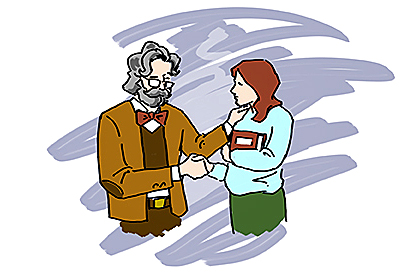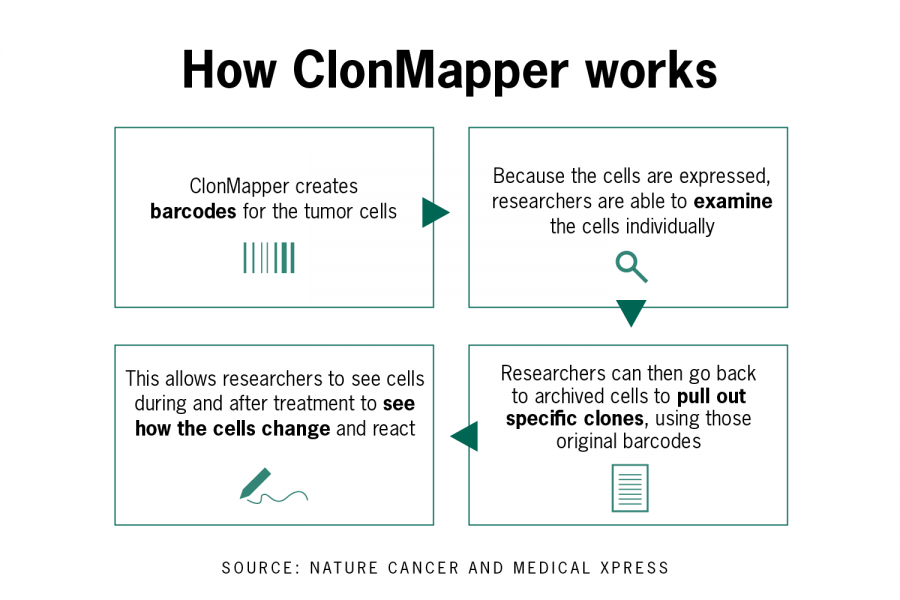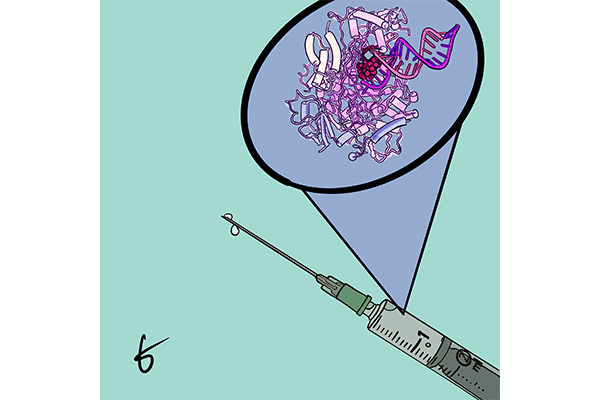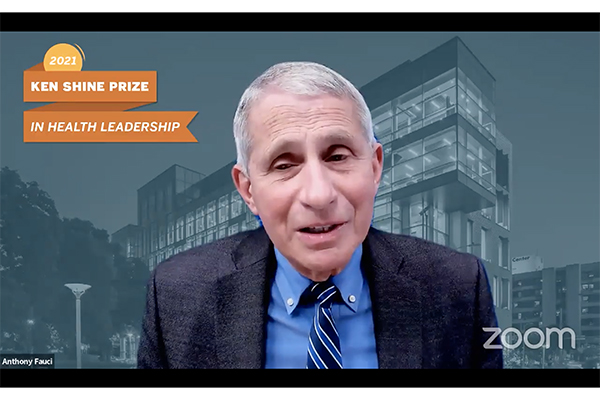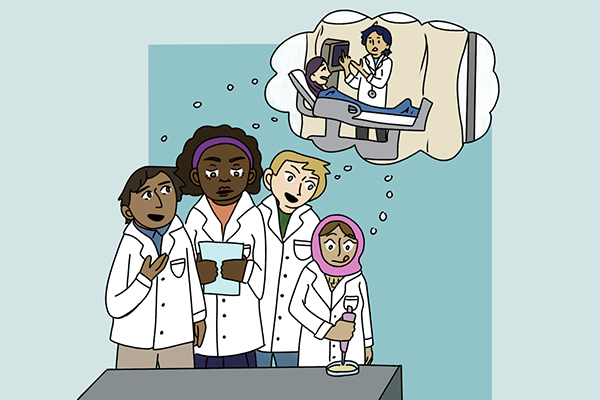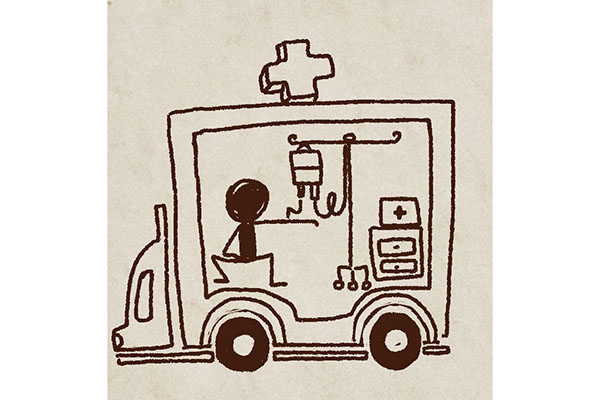When it comes to treating anxiety, cognitive behavioral therapy may be more effective than other practices used by the Counseling and Mental Health Center, according to some mental health professionals.
Psychotherapy can be roughly divided into insight-oriented and more action-oriented therapies, such as cognitive behavioral therapy, or CBT. CBT covers a range of psychotherapies that are very goal-oriented and focus on changing repetitive patterns of thoughts and behaviors, said Jeana Buchanan, a marriage and family therapist in Austin.
“The basics of CBT (are) that you have some distortions, automatic negative thoughts, that then trigger our emotions and behaviors,” Buchanan said. “And if you can challenge the thought, then you can change the behavior.”
CBT is strongly supported by research, according to the Society of Clinical Psychology and Kirsten Bradbury, a UT-Austin psychology lecturer and child and adolescent clinical psychologist.
“The best empirical support and best evidence base for treatment of anxiety is in various forms of cognitive behavioral therapy,” she said. “And fortunately, it’s also the most efficient. It’s a short type of therapy. It’s measured in months rather than years.”
Based on CMHC’s 2016–2017 statistics, anxiety-related symptoms were the most common reason for visiting CMHC and made up 74 percent of the cases seen. However, although CBT is the most evidence-based and fastest method for treating anxiety, CMHC therapists may not necessarily administer CBT for anxiety, according to Marla Craig, associate director for clinical services at CMHC.
“We do a lot of mindfulness and mindfulness-based theory as an approach with students,” Craig said. “Many of our counselors might use (CBT) interventions and techniques with students. CBT is very effective, that is what the evidence base says. But I wouldn’t dismiss the other theoretical orientations just because they don’t have that level of research on it.”
Mindfulness is a specific skill that allows people to focus more on the present moment. While mindfulness and non-CBT therapies can be helpful, cognitive-behavioral therapies should be the first line of treatment, according to Thomas Smithyman, a psychologist at the Anxiety Treatment Center of Austin.
“For something like anxiety, the first thing you should do is go through the treatment process that has been shown to work, (which is) CBT,” said Smithyman.
The effects from receiving only a few CBT interventions would also differ significantly from that of a full course of CBT, according to Smithyman.
“(They) would look pretty different,” he said. “If you were looking at the research, you would prefer (patients) to have the full CBT treatment in an individualized way.”
Specifically, exposure-based therapy, a type of CBT that involves making contact with whatever is frightening you, is the most effective treatment for almost all anxiety disorders. Mindfulness should be combined with exposure to see optimal outcomes, according to Bradbury.
“Just mindfulness alone would not be expected to be sufficient compared to a whole course of CBT,” Bradbury said. “Mindfulness can be very helpful, but with anxiety, mindfulness wouldn’t include the exposure. It would help with advancing the therapy, but you would still need (the exposure).”
However, unless students with anxiety specifically request a counselor who practices CBT, they may not receive one at CMHC, according to Craig.
“If they want someone with a certain training in a certain area, we try to take that into consideration (when scheduling),” Craig said. “Most of our students just want to see a counselor. They’re not especially specific about exactly who they want to see or what discipline.”
However, this lack of specification may be due to a gap in knowledge about best mental health practices. Most patients don’t know enough to make an informed request, said Bradbury.
“There’s some good writing out there on the fact that most people who seek help don’t know anything about therapies or what their therapist is providing,” she said. “Most of the time, people are coming in for help, and they’re at the mercy of the therapist in terms of what the therapist is trained in.”
In contrast to CBT, insight-oriented therapy is more of a supportive form of talk therapy, in which the therapist generally listens and validates, according to Diana Damer, director of the Anxiety Treatment Center of Austin.
“It is therapeutic to just come in and talk about their problems, and for some people that’s all they need, but for someone with a specific anxiety disorder, they’re going to need more than that,” she said.
Students who visit CMHC may receive more of an insight-oriented therapy, even for anxiety.
Alex Tayoub, a chemistry and economics junior, said he visited CMHC to get help with anxiety after an accident, but his sessions weren’t able to improve his symptoms.
“I was looking more for ways to process what I was going through, but they were just giving me affirmation,” Tayoub said. “I was just being validated. It wasn’t productive. (And) I could tell they weren’t really listening — they were just giving me generic student problem advice. But no, I got in an accident, and it was very traumatic.”
Tayoub also said that his counselor asked him to elaborate, but never specified what he should elaborate on.
“That was basically the entire session,” he said. “It was more free-flowing. This was one of the big problems, (which was that) I got control of the sessions, but I wanted the counselor to guide it. (Aren’t they) supposed to guide me through and connect the dots?”
After his third session, Tayoub ended up passing over the CMHC to see an off-campus counselor, who he said was much more helpful.
On the other hand, care at CMHC is not standardized. Clinicians will bring different types of care into the room, according to Craig.
“I know (there are) some clinics that will have standardized protocol, (but) I think it would be hard as clinical director to say that ‘This is the way, you have to do it this way,’” said Craig. “Since we have many different skills and come from different places, it would take away a lot of our autonomy and be a disservice to students.”
However, lack of standardization also means that students who go to CMHC with anxiety may or may not receive CBT, depending on the therapist that they see.
According to Elyse Guilstorf, a rhetoric and writing junior, her individual therapy counselor gave her CBT and mindfulness interventions for her specific type of anxiety disorder. In addition, the same counselor helped her join a dialectical behavior therapy — a form of CBT — group at CMHC, both of which were helpful.
“I did CBT and mindfulness. A lot of mindfulness. There was (also) a lot of problem-solving,” Guilstorf said. “I had a really good experience.”
However, it’s important to remember that even if the most effective forms of therapy aren’t available, getting some therapy can often be better than no therapy at all, according to Bradbury.
“The evidence says, about 80 percent of the time, it’s better for someone to proceed with any treatment than no treatment at all,” Bradbury said. “That said, if CBT is available, that’s going to be the better choice.”



